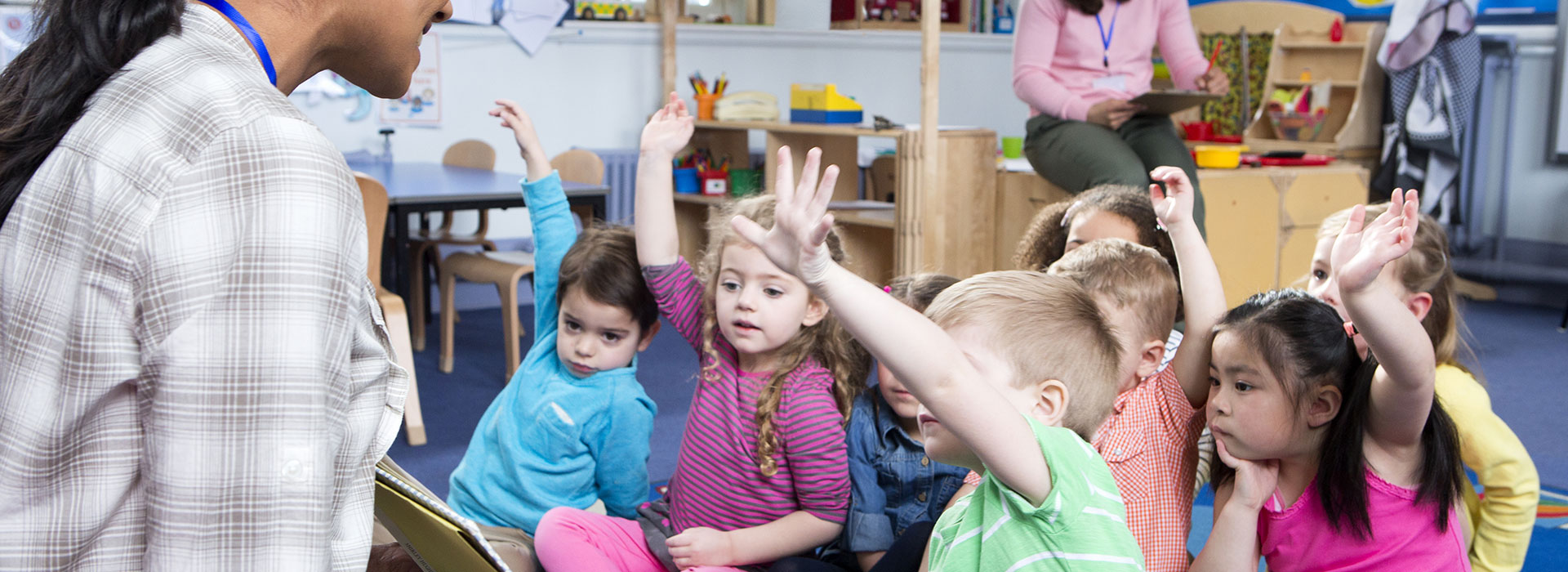The Power of Learning Progressions
We at The Core Collaborative have chosen to focus on high impact instruction as the new year begins. Learning progressions play an important role in accelerating learning through personalized, high impact instruction. As you will read below, progressions are essential to students understanding that their learning today is part of a larger journey and clarifying where that journey is headed. This clarity supports self- and peer assessment, reflection, and goal setting all of which have a significant impact on learning. Discussions around progressions can build and solidify the partnership between teachers and learners as they add clarity, include models of success, support feedback, and enable students to recognize their own growth and development. Read on to join Lori Cook in thinking through the what, why, and how of creating and using learning progressions in your school or classroom.
With time on our hands as we sat in isolation due to the COVID-19 pandemic, many of us binged show after show, eating unhealthy food, becoming disillusioned with the “new normal.” Others found themselves needing something more than the latest melodrama on TV.
What DIYers Reveal About Learning Progressions
During this time, the DIY (Do It Yourself) movement gained many new members as folks left the couch or even the bed, and took advantage of the extra time at home. Some tried new hobbies, projects, and challenges. It didn’t matter whether it was gardening, remodeling a bathroom, building a new fence, deck or piece of furniture; learning how to bake, or even learning yoga–it is clear that all who were successful had several commonalities:
- The need for purpose and/or relevance.
- The need for a clear goal.
- The need for a clear plan or pathway to accomplish the goal.
These characteristics transcend all learning environments and are crucial to success for each learning journey, even for the “Do It Yourselfer”.
Many teachers are finding that students are at different places in their learning and understanding of concepts, and that a “one-size-fits-all” lesson will not meet the range of their students’ needs. Whether face-to-face, virtual, blended learning, or personalized learning has become a necessity, yet many teachers are too overwhelmed with assessments, initiatives, and COVID-19 to think about how to construct a roadmap to meet this need.
If we stop and reflect on what we needed as DIYers, we will find that students have the exact same needs–purpose/relevance (why it is important to learn the skill or concept); a clear goal (criteria of what successful completion looks like/sounds like); and a clear roadmap (how to accomplish the goal/how to get there).
The Power of Learning Progressions
This is exactly where learning progressions become the necessary tool within diverse classrooms. Learning progressions are “carefully sequenced sets of building blocks that students must master en route to mastering a more distant curricular aim” (Popham, 2007). Learning progressions can “visually and verbally articulate a hypothesis about how learning will typically move toward increased understanding” (Hess). The power of progressions comes from the ability to create clear roadmaps to an identified goal, whether it is behavioral, process, skill, and/or concept-driven.
Developing learning progressions with teachers across the country has quickly become one of my favorite professional development topics because progression work is personal; and it can be a “just-in-time” resource for both teachers and students.
I myself struggled with what a student-facing progression could look like in math as my colleagues were engaging with reading and writing progression work. I understood the math progressions that are inherent in the Common Core Math Standards, but I was not able to grasp the full benefit of progressions at the student level.
The Benefits of Learning Progressions
I finally realized learning progressions are more than just the standards in order and are for students not just teachers. Progressions provide a clear pathway of learning to students and are designed for the students to use throughout their learning journey. They enable learners to take their next steps in learning and engage in deeper metacognition throughout the learning process.
With this new clarity that progressions are the road map to a desired goal, I could let the needs of the students be the desired goal whether they are process, skill, behavioral, or conceptual. For example:

The Impact of Learning Progressions on Success Criteria
What I also quickly realized is that success criteria is only a small portion of a student-facing progression. As Karen Hess emphasized, progressions are visual and verbal. Students not only need clear success criteria to reach the goal, they need to see what the road map looks like. The steps to success need to be reduced to manageable and attainable levels, as well as show what each attainable level looks like using student work. For many students, reading and language deficiencies hold them back from experiencing success with progressions. When each level of the progression is accompanied by student work, pictures, and/or video that show what that level of criteria looks like, students are able to place their work side by side and compare and contrast their work with not only the written criteria but also the visual example.
Many teachers have told me that their most challenging students, both behaviorally and academically, have rapidly found success using progressions because the students finally see what we have been saying all along. The students now have a clear picture of how to get to the desired goal. Using worked exemplars as a teaching strategy to co-construct success criteria is highly effective, but if I am a struggling learner and can’t fathom how to get my work to be like the exemplar, my first response is to not even try. Many students have said that there is no way they could ever be good at math, but what they are actually saying is they can’t see how to ever be good at math, because they have not seen a clear roadmap. They don’t realize that there are specific steps to being good at learning and in this case at math.
Student-facing progressions allow students to become “DIYers” of their own learning. Students realize that with time, hard work and patience they too can successfully navigate the learning roadmap.
Take a moment to reflect on the role of learning progressions in your own high impact instruction.
- How has understanding a learning progression helped you learn and grow in or out of school? Possibly on a DIY project of your own.
- How are learning progressions currently benefiting your learners?
- What are you ready to explore or improve regarding learning progressions?
- What would help you take the next step in using learning progressions in your school or system?
Learning progressions are an important part of a more holistic approach to accelerating learning for all of our students. If you are interested in learning more about how you can implement personalized, high impact instruction, please join us on Friday, January 21st at 12 PM EST. This is the next installment of our Core Collaborative Leadership Inquiry Cadre Series, where we will use Appreciative Inquiry to address “How to Accelerate Learning with Learner-Centered, High Impact Strategies”.


